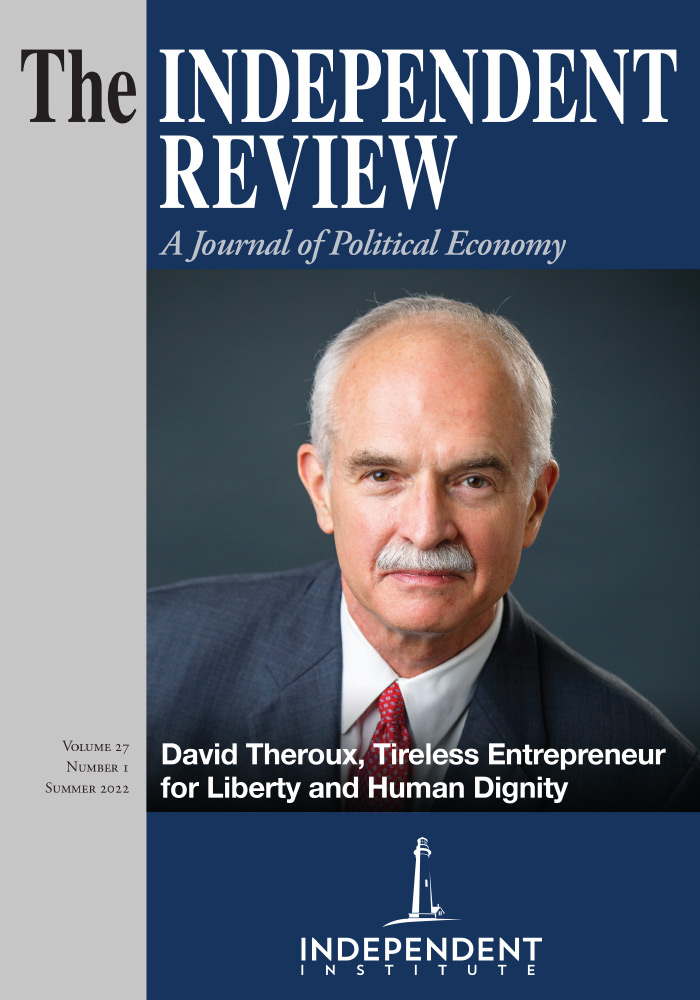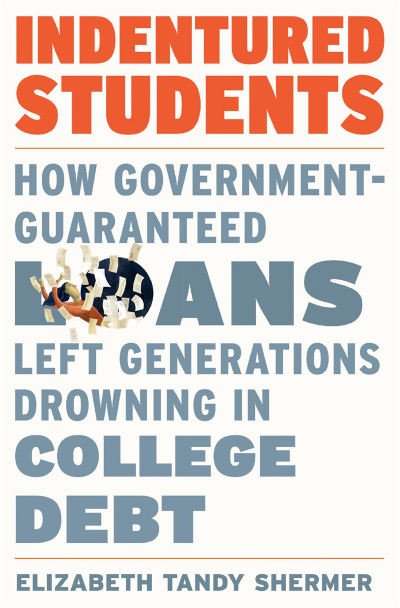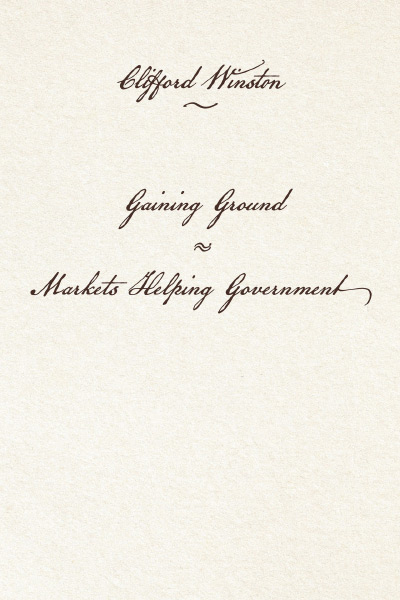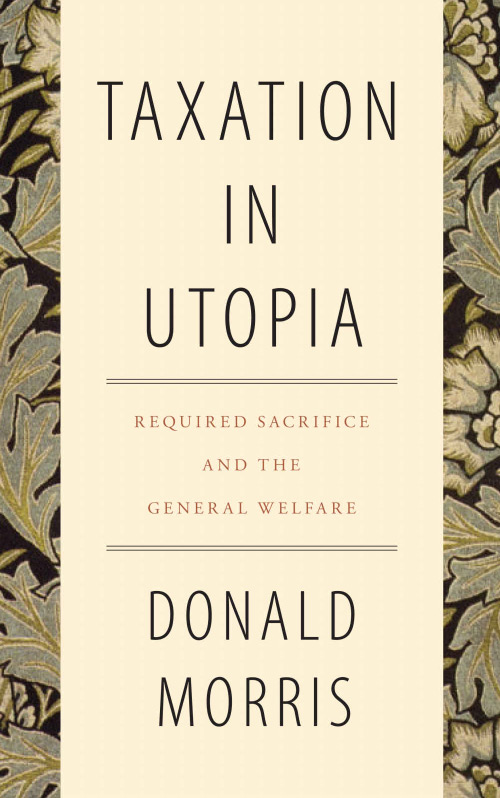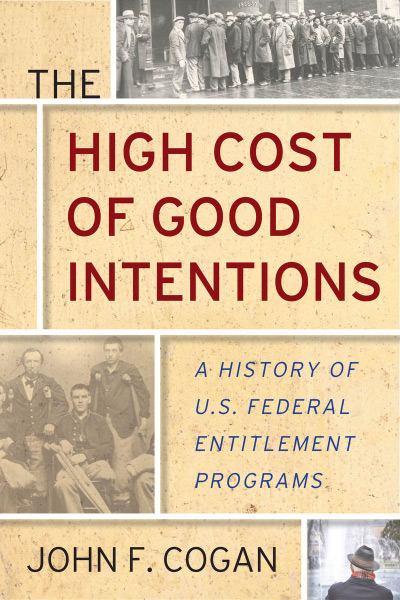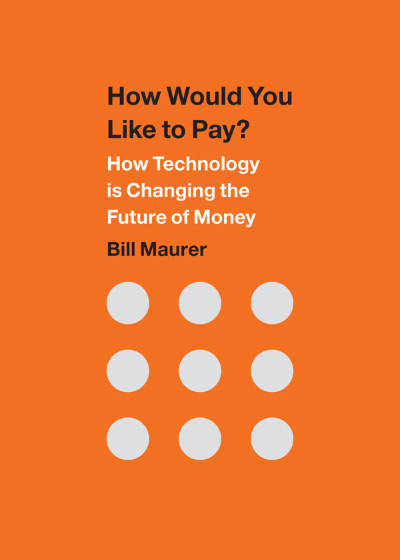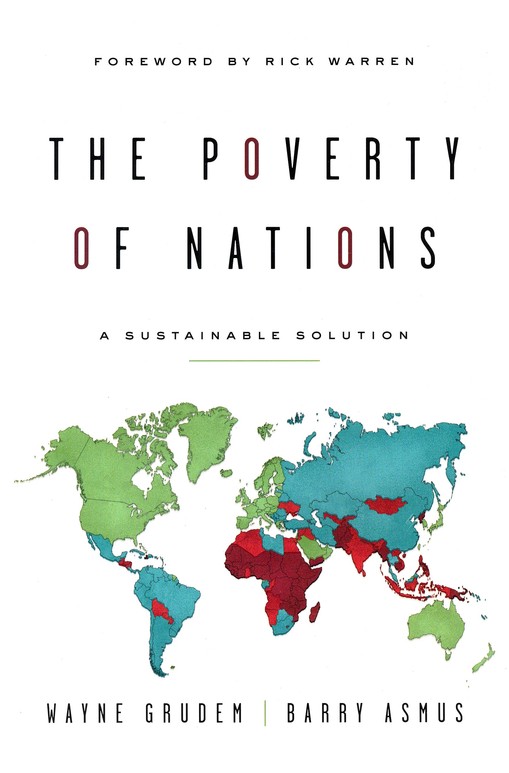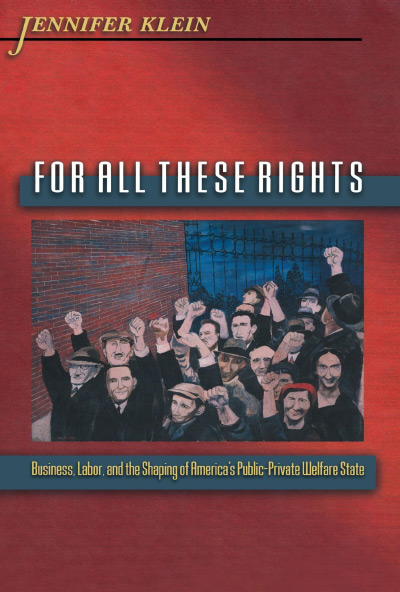In Indentured Students, Elizabeth Tandy Shermer, a professor of history at Loyola University Chicago, documents the history of federal financial aid, including work study, student loans, Pell grants, and tax benefits. Most of the emphasis early on focuses on the legislative battles over these forms of aid, introducing readers to the main policymakers, their policy proposals, and the outcomes of their legislative battles. But starting around 1980, Shermer’s approach deviates from that pattern, offering overly brief sketches and additional commentary on more recent developments.
Indentured Students’ great strength is providing historical insight into why and how federal financial aid evolved as it did. While Shermer takes the typical historian approach of plodding forward chronologically, rarely backtracking, she provides plenty of information and insights for readers familiar enough with the subject matter to use her work to update or fill in the gaps of their existing knowledge. For example, after reading Indentured Students, I find it useful to draw a line at 1965 when explaining why federal aid evolved as it did.
Prior to 1965, there were two main goals of federal aid, and two main obstacles for those seeking to implement it. The first goal was to reduce the number of people in the labor force. High unemployment during the Great Depression and fears of high unemployment among returning GIs after World War II spurred a desire to “keep young people out of the ranks of job seekers” (p. 42). The other goal was to support students in fields deemed essential to national defense during World War II and again after the Soviet launch of Sputnik.
There were two main pre-1965 obstacles to federal involvement in higher education. First, colleges were wary of the strings that they feared would come with federal funding. Some colleges viewed federal involvement as a dangerous centralization of power that could “rob schools of ‘their autonomy’ in matters of curricula, admissions, and faculty hiring” (p. 91). And some colleges feared they would be forced to admit or provide aid to women, Jews, Catholics, immigrants, or blacks all of whom faced substantial discrimination if not outright bans on many campuses. The other obstacle was segregation. Any direct funding of colleges could not avoid either requiring desegregation (unacceptable in the South) or subsidizing, and therefore implicitly endorsing, segregated colleges (unacceptable in the North).
These two obstacles all but assured that prior to 1965, any federal funding would not go directly to colleges, but rather would be given to students, and that is exactly what we see with the early federal aid programs such as federal work-study (first introduced during the Great Depression), the first GI Bill (introduced after World War II), and the student loan programs for national defense fields (introduced during World War II and again in 1958).
Virtually all of this changed by 1965. After 1965, keeping people out of the workforce was never a main goal of federal policy, and national defense was not a justification for new federal funding. The traditional obstacles had also melted away. The safeguards within the Higher Education Act of 1965 relieved colleges of most of their fears about federal interference, and the Civil Rights movement abolished segregation.
Instead, after 1965, the two main goals of federal aid were to increase equality of opportunity and to increase college affordability for the middle class. The main obstacles were now budgetary and arguments about inappropriateness or ineffectiveness of federal aid.
The goal of increasing access for the disadvantaged combined with inertia from past aid programs led to most new federal funding being distributed as aid to students rather than as a subsidy to colleges (the main exception is Title III funding, originally designed to subsidize historically black colleges).
The focus of new federal aid from the 1960s to the 1990s was providing aid to students from low-income families to increase equality of opportunity. Pell grants, which provided substantial funding to such students were launched in the early 1970s, and widespread student loans (not restricted to national defense needs) were launched in 1965 and were income restricted. These programs explicitly aimed to target benefits to those with low income, in contrast to earlier federal aid programs where such targeting either did not occur (e.g., national defense loans) or was a byproduct of the real goal of keeping people out of the labor force (e.g., the work-study program during the Great Depression).
But by the 1990s and throughout the 2000s, the emphasis for new federal funding shifted to helping the middle class afford rising tuition. The income restrictions on student loans were dropped (making loans universally available) and tax benefits were introduced, both of which were aimed at helping the middle class.
This synthesized history requires a fair amount of background knowledge, but Indentured Students is quite valuable in providing the historical details necessary to tie it all together. However, I do have some critiques, focused on errors, omissions, missed opportunities, and misplaced emphasis.
Like any lengthy and substantive work, Indentured Students contains some errors. The ones I noticed were typically forgivable because they were the result of uncritically accepting the conventional wisdom on tangential topics. For example, Shermer bemoans the “disinvestment by [state] government[s]” (p. 246), a common view among the higher education establishment, but one that turns out to be false—state funding has increased, not decreased over the past forty years (see Andrew Gillen, 2021, “Trends in State Funding and Tuition Revenue for Public Higher Education: 1980-2020,” Texas Public Policy Foundation, July).
More problematic are some glaring omissions. Most notable is Alice Rivlin and her influential 1969 report, which was hugely influential in setting federal policy, especially the entrenchment and expansion of student lending. The complete absence of Rivlin and her report is all the more remarkable considering the book’s primary purpose is ostensibly to explain the history of student lending. Trying to explain the history of student lending without mentioning Rivlin and her report is like trying to explain the American Revolution without mentioning Thomas Paine’s Common Sense. Perhaps things would have played out the same way without Rivlin’s work, but it was viewed as influential at the time and by later historians, so its complete absence is a red flag.
The biggest missed opportunities revolve around the numerous individuals whose views shifted 180 degrees regarding federal involvement in higher education. George Zook (Commissioner of Education under Franklin Roosevelt) and James Conant (President at Harvard University) both started as early skeptics of federal involvement or the utility of mass higher education. Yet both later reversed their positions, becoming powerful advocates for federal funding or college for the masses. These cases provide perfect opportunities to highlight changing arguments, values, or new evidence, and yet these reversals are acknowledged virtually without explanation. Shermer does explore the opposite transformation in Representative Edith Green, who started as an advocate for more federal funding and involvement in higher education and ended as a powerful opponent. In Green’s case she worried that larger enrollment was leading to a decline in standards and quality and was shocked by the campus protests and disturbances in the 1960s that she attributed to anti-American zealots. The same exploration of Zook’s and Conant’s transformations would have provided valuable insight into the arguments that carried weight at various points in history.
At times, Shermer also has a misplaced emphasis. The subtitle of the book is How Government-Guaranteed Loans Left Generations Drowning in College Debt. Guaranteed loans were issued from the mid-1960s to 2010, were made by private financial institutions, and had a government guarantee (if the student defaulted on the loan, the government would cover most of the financial loss). Given the book’s subtitle, one would expect the demise of guaranteed lending in 2010 to be covered extensively, yet it is barely acknowledged. Similarly, the economics behind student loans, and particularly changes in government accounting standards are mentioned, but their importance is underemphasized. Other histories of student loans (such as Josh Mitchell, 2021, The Debt Trap: How Student Loans Became a National Catastrophe, New York: Simon and Schuster) place these changes at the center of how student loans evolved. Mitchell notes that in the 1960s, government accounting counted the money going out in loans but not the money coming back in years later, making student loans look expensive if the government was the lender, whereas after 1990, the government started (over)counting future repayments, making it look like the government made money from student loans. Given these implications for government finances, it is no surprise that loans in the 1960s were made by private financial institutions (to keep them off the government’s books) but that the government started the switch to government lending in the early 1990s.
There is also the issue of potential political bias. Like most academics, Shermer is on the liberal end of the political spectrum, and this sometimes shows in her work. For example, she claims the New Deal “delicately expanded federal power” (p. 34) when it was one of the most aggressive expansions of federal power in the country’s history outside of wartime emergencies. Similarly, she described the 1862 Morrill Act, which helped states establish new universities by providing them with federal land to sell, as offering “a blood-soaked foundation for many campuses” (p. 19) since the land previously belonged to various indigenous peoples. Yet you could say that about all land everywhere, so singling out the Morrill Act seems a touch hyperbolic and serves little purpose other than to virtue signal to the woke mobs currently roaming throughout academia.
Shermer can be fair to ideological opponents—her description of Milton Friedman’s views (p. 134) is accurate. But she also resorts to cheap shots against ideological foes at times. For example, she describes William Bennett’s Reagan-era Education Department as seeking to undermine “equal access and opportunity” (p. 250), yet this is an unfair (or at least unsupported) accusation. A more objective assessment is that he questioned the effectiveness (and therefore the appropriateness) of federal aid. Bennett is most famous for arguing that federal aid encouraged colleges to raise prices. This phenomenon is even named after him, and the evidence shows he was largely (though not completely) right (see, for example, Andrew Gillen, 2012, “Introducing Bennett Hypothesis 2.0,” Center for College Affordability and Productivity).
Shermer’s main conclusion, that we need a massive increase in federal funding and that it should go directly to colleges, is likewise unsurprising given her politics, but it is almost entirely unrelated to the rest of the book. Shermer’s focus is how federal financial aid evolved, not the (real or imagined) problems with it, so the recommendation to scrap federal aid entirely and replace it with direct government subsidies doesn’t flow logically. My recommendation for readers is to just ignore her policy recommendations and focus on the valuable historical legwork Shermer provides.
Overall, Indentured Students does not provide a complete and objective history of federal financial aid. Perhaps no book could. But important omissions (e.g., Alice Rivlin’s report) and underemphasis of topics of crucial import (e.g., changes in government accounting standards) make relying solely on Indentured Students to understand the history of federal aid a mistake. But for readers familiar enough with federal financial aid to recognize the omissions, misplaced emphasis, and occasional bias, Shermer’s work is a worthwhile tome that provides valuable insight and documentation about the history of federal financial aid.

